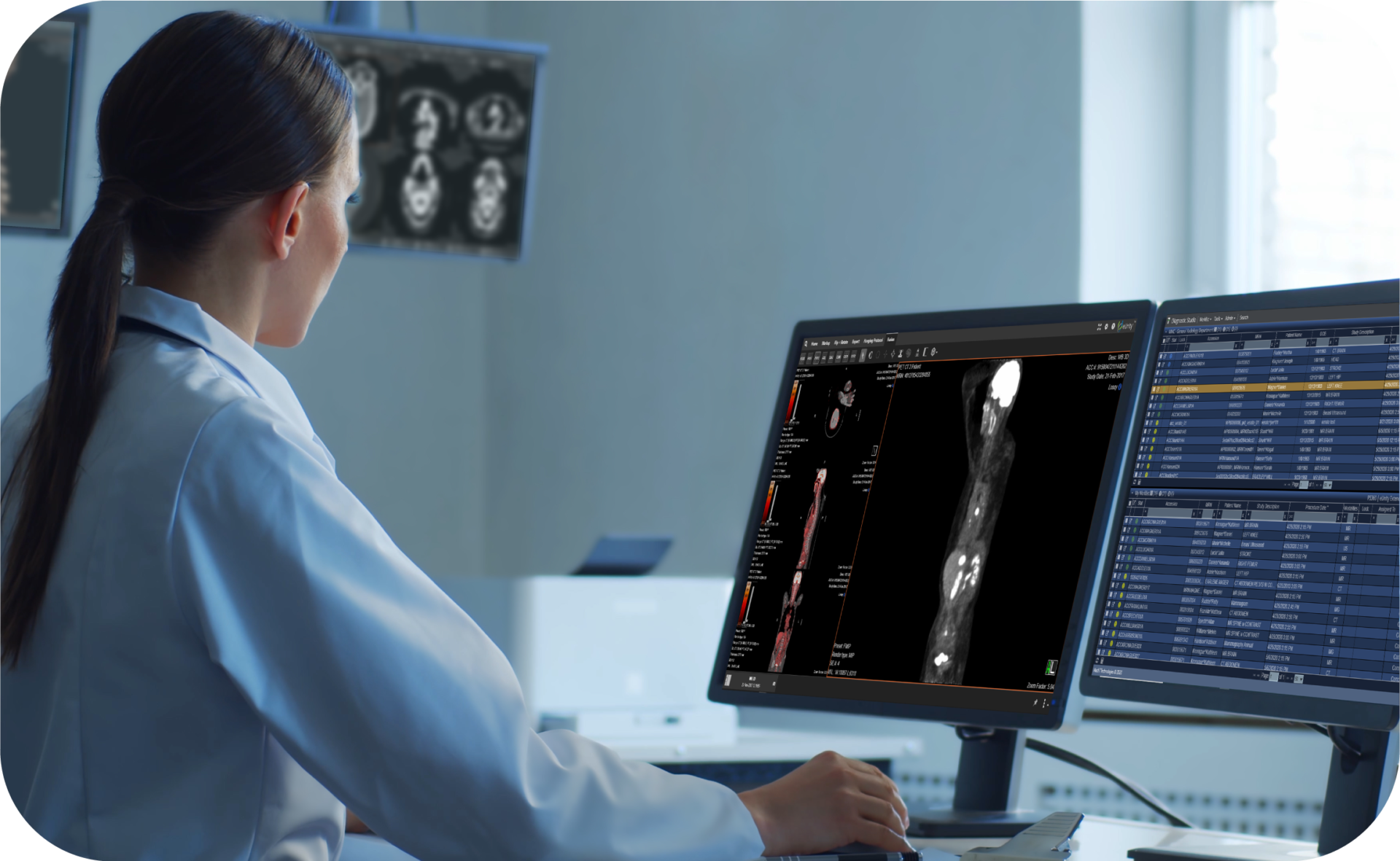At Mach7, we view Enterprise Imaging not as a single product, but as a journey. It is an ongoing process to merge your patient’s entire clinical record with their medical record, including images, and make this data available where and when it is needed. Starting with the right Enterprise Imaging Solution is the key to building a foundation that enables the delivery of higher-quality patient care – but what specific features should you look for?

The following list is a follow-up to our previous post, Top 10 Features to Demand of a Diagnostic Quality Enterprise Viewer, which focused on Enterprise Viewing – after all, the viewer is the primary way individuals in your organization interact with clinical content. However, providing a solid foundation for your enterprise imaging strategy is just as important as the viewer; without it, overcoming your data challenges is much more difficult and you may not achieve the long-term benefits you were hoping for. Enterprise Imaging is a critical move from transforming your organization from a siloed, departmental approach to imaging data to a truly enterprise-focused strategy.

#10: Robust Storage Management
Data access, user workflows, and viewing needs may be different for various users across the enterprise. Giving you robust tools to manage different data types independently will improve your operations, storage management, and user access.
#9: Lifecycle Management
Providing robust tools to archive, move, compress, reprocess, and effectively manage your imaging data is critical to keeping operational costs low for the long-term. Robust lifecycle management tools will allow you to own and control your data forever.


#8: Rapid Data Retrieval
Your enterprise imaging solution needs to find data in microseconds and serve it to your viewer at PACS workstation speeds, regardless of your network capabilities. Look for a platform that has multi-thread capabilities and can manage many transactions simultaneously, and can take advantage of many configuration options to match your data environment.
#7: Flexible Architecture
Your enterprise imaging solution should be flexible enough to provide complete business continuity and disaster recovery with flexible design options. Additionally, as enterprise imaging becomes a mission critical solution to your organization, you will want a system that can provide you with zero-downtime upgrades.


#6: Data Migration
If you have a legacy PACS or other imaging archive, data will need to be migrated to your enterprise imaging system. Consolidating image management, saving money on storage, and lowering operational support costs are simply a few of the reasons to consolidate. Look for a vendor that has integrated migration tools and flexible migration strategies to get your data into your new enterprise archive.
#5: Ease of Scalability
Your future needs will be vastly different from your current needs. Mergers, acquisitions, new service lines, and consolidation of older service lines are all organizational changes you will have to contend with. Your enterprise imaging solution should be able to scale at your pace and scope with minimal effort and manageable costs.


#4: Support DICOM and non-DICOM Workflows
For an enterprise imaging solution to truly be an “enterprise” imaging solution, is must go beyond the radiology and cardiology departments. It must capture images of various formats, including DICOM, non-DICOM, and visible light, and should accommodate the various workflows needed to support these images types. Additionally, it should make them available to clinicians through the EHR.
#3: Full Data Ownership
An enterprise imaging solution should give you full control over your imaging data, with ready database access without relying on help from your vendor. Data should also be stored in its native format for optimal retrieval back to the originating modality.


#2: Standardization and Centralization of Imaging Data
Healthcare is becoming all about interoperability. To support key interoperability goals like lower costs, improved access at the point of care, and simplified system management, your enterprise imaging solution should centralize and standardize your data and include the tools necessary to manage its exchange. Additionally, it should provide the ability to store data in its native format for easier recall and display on connected systems.
#1: Open Framework
Your enterprise imaging solution should have an open framework to allow plug and play expandability and adaptability as your needs change. This allows adaptors to be easily created to support your needs without going back to R&D to code new capabilities. Additionally, it should provide you with the tools to create new archive segments workflow rules all on your own, without relying on your vendor. A flexible enterprise imaging solution should give you the ability to adapt to 80% of your challenges right out of the box.

Are you interested in seeing how Mach7’s Enterprise Imaging Solution can provide a solid foundation for your enterprise imaging needs? Be sure to contact us today!